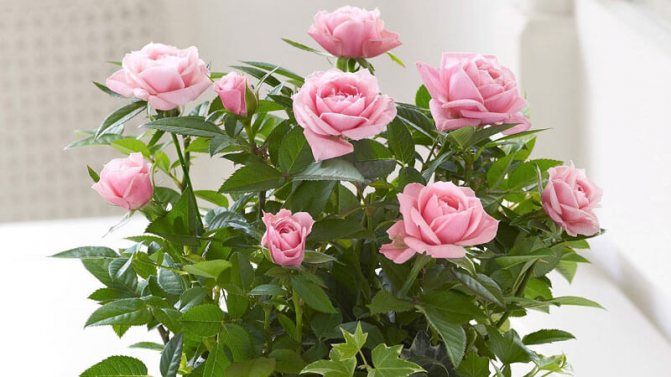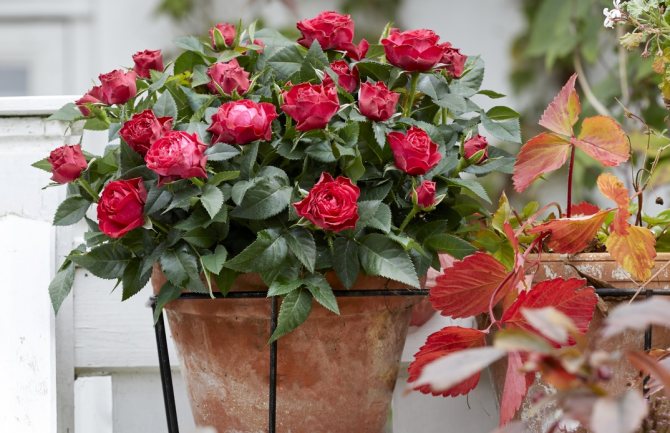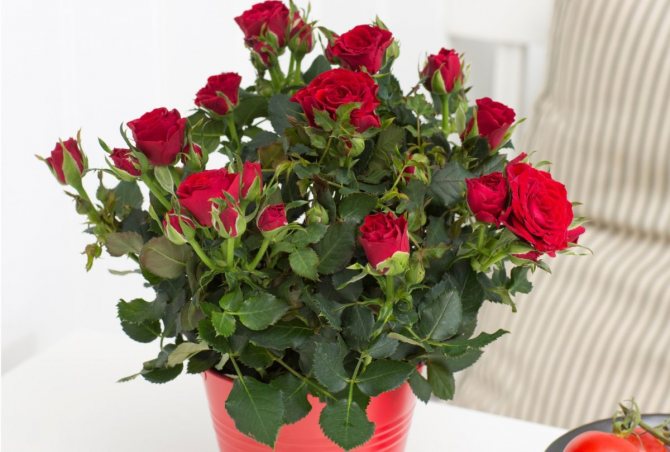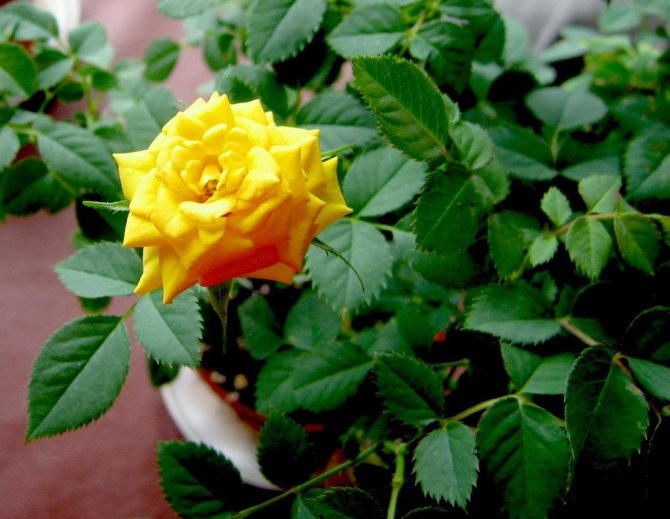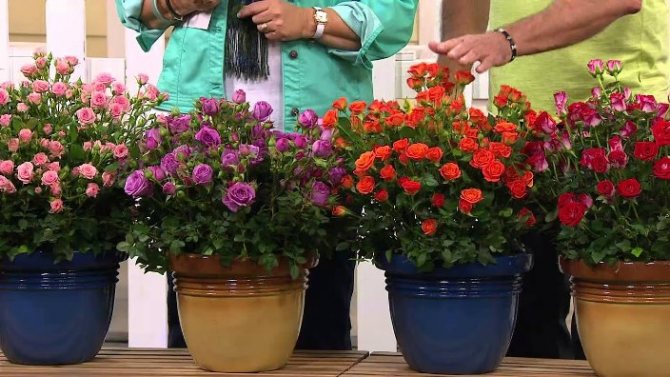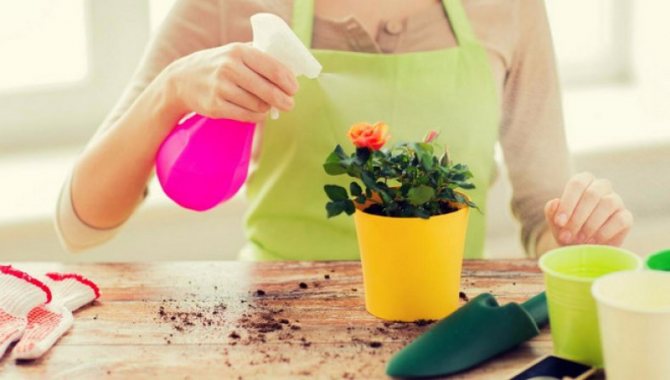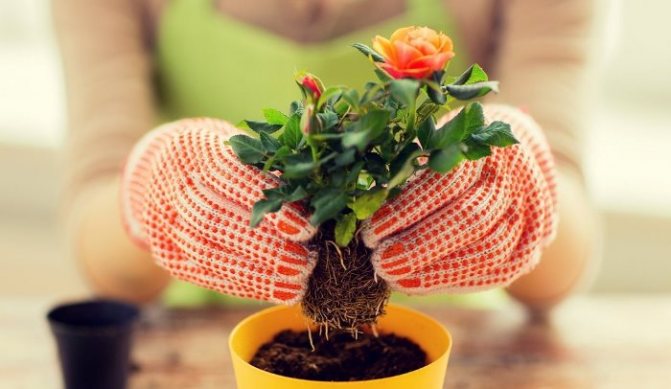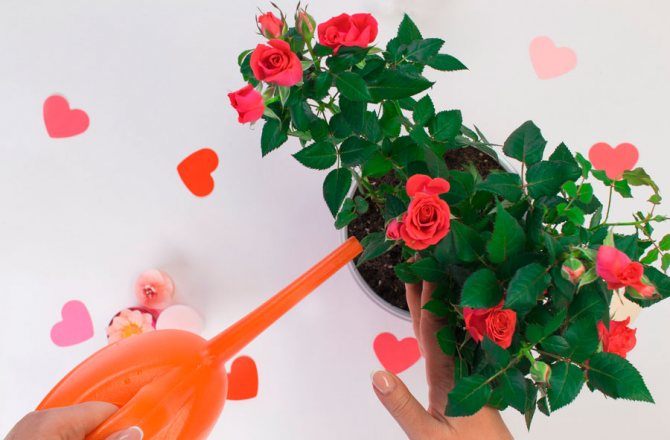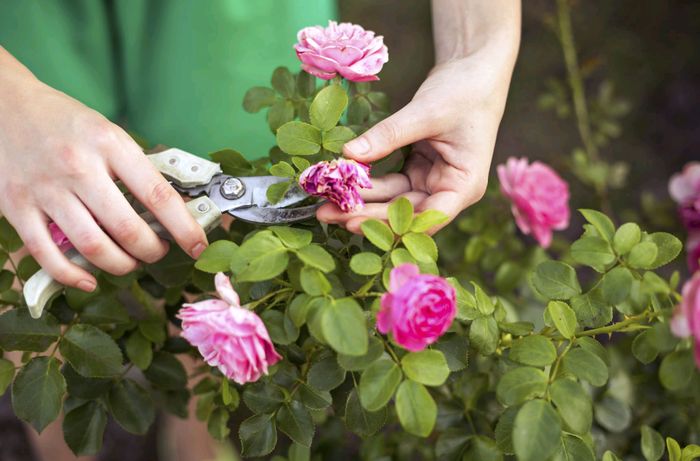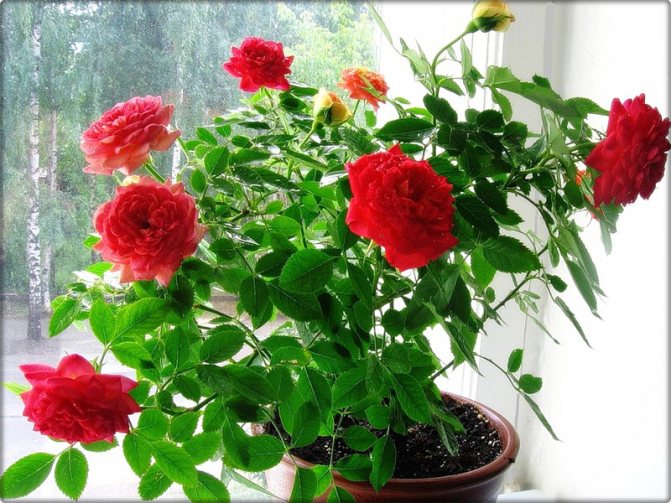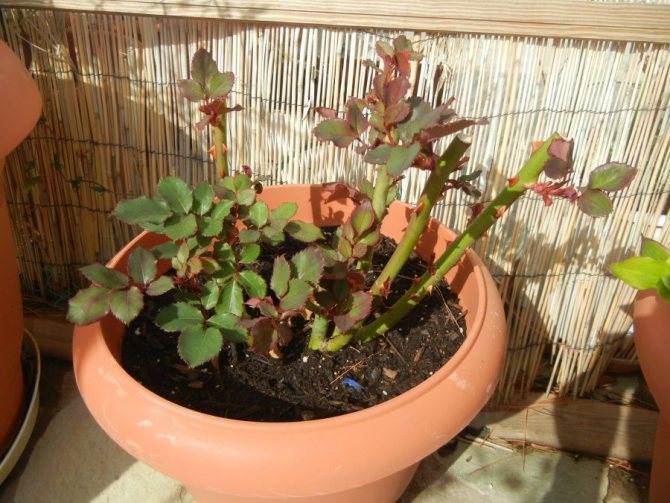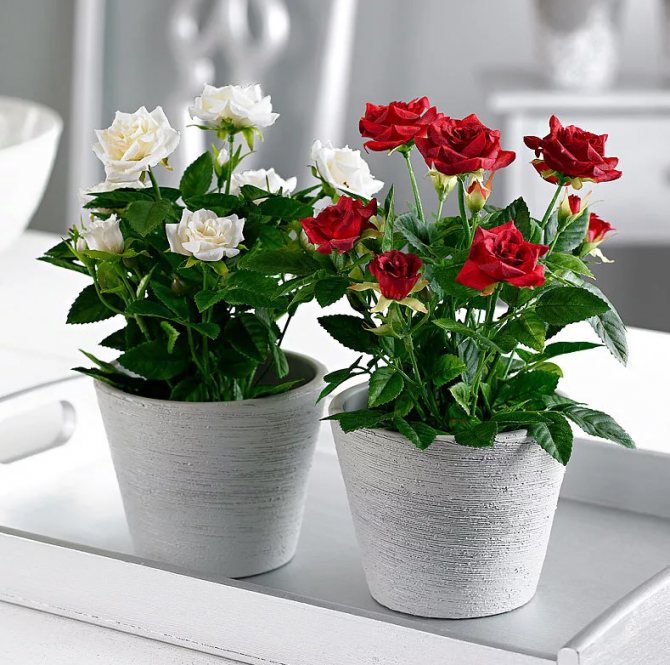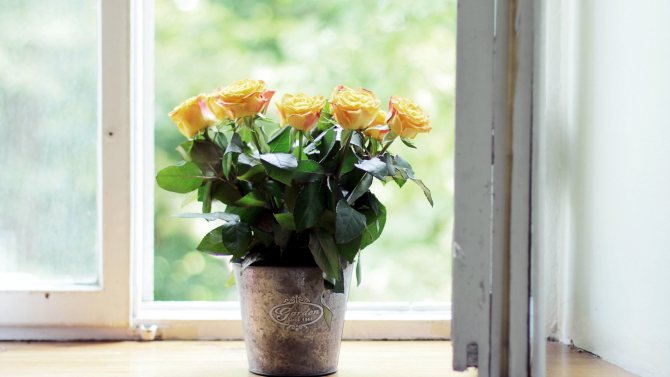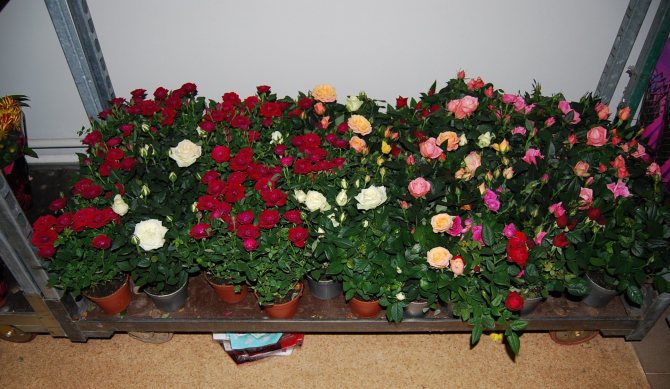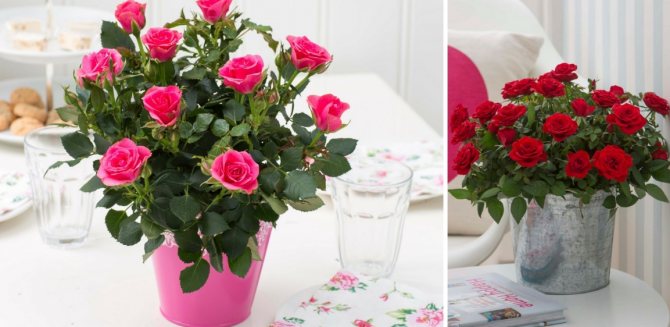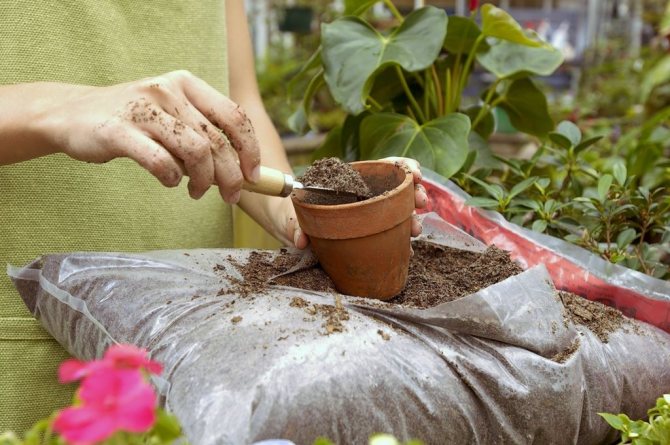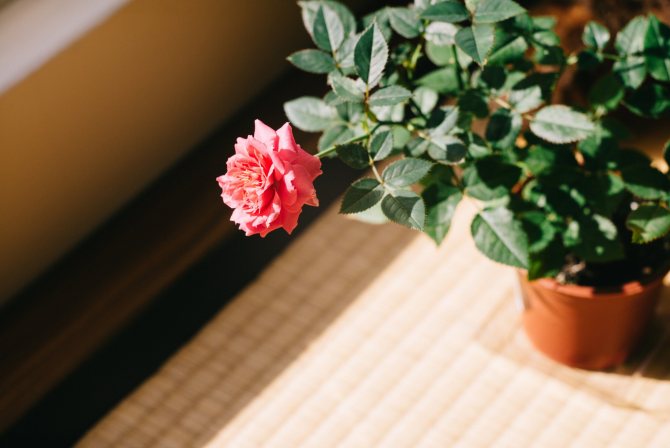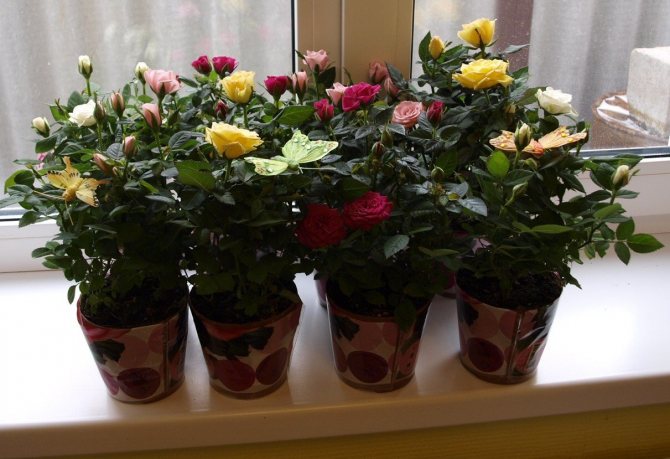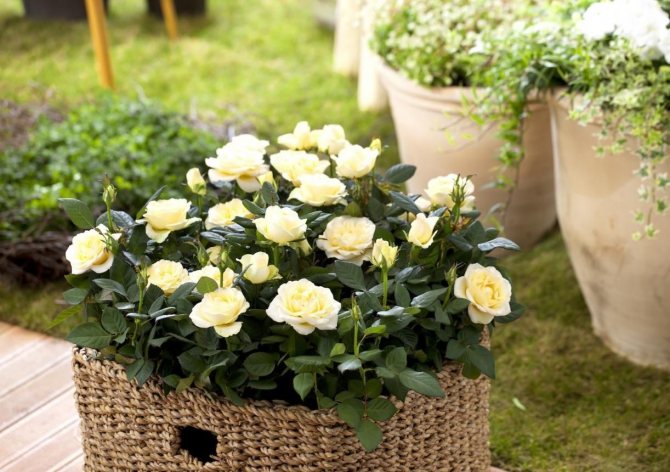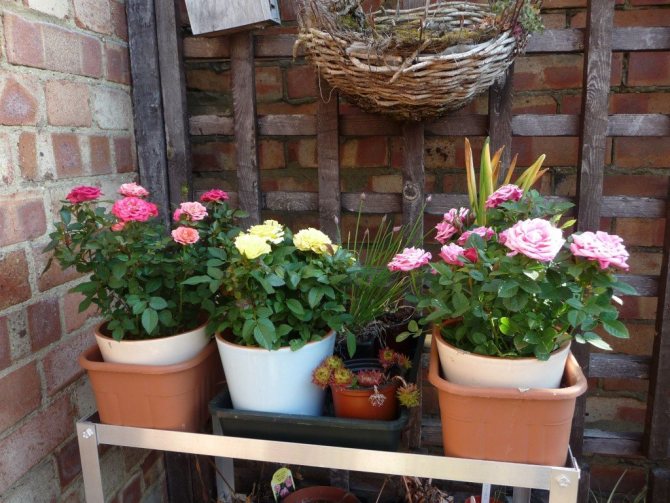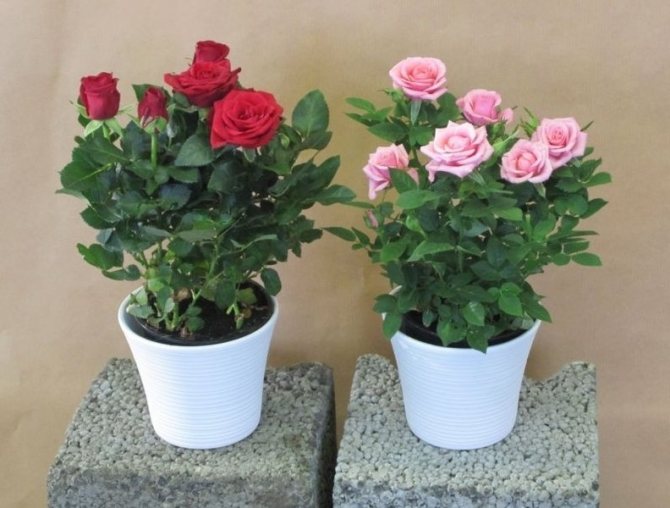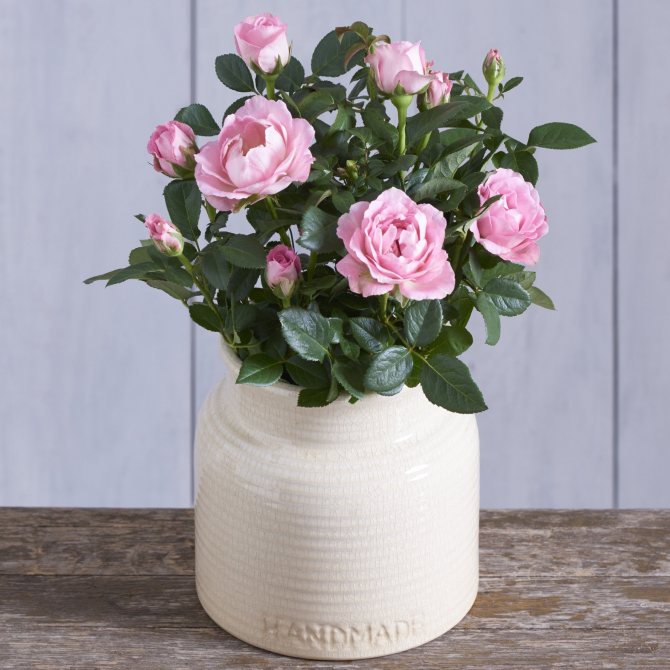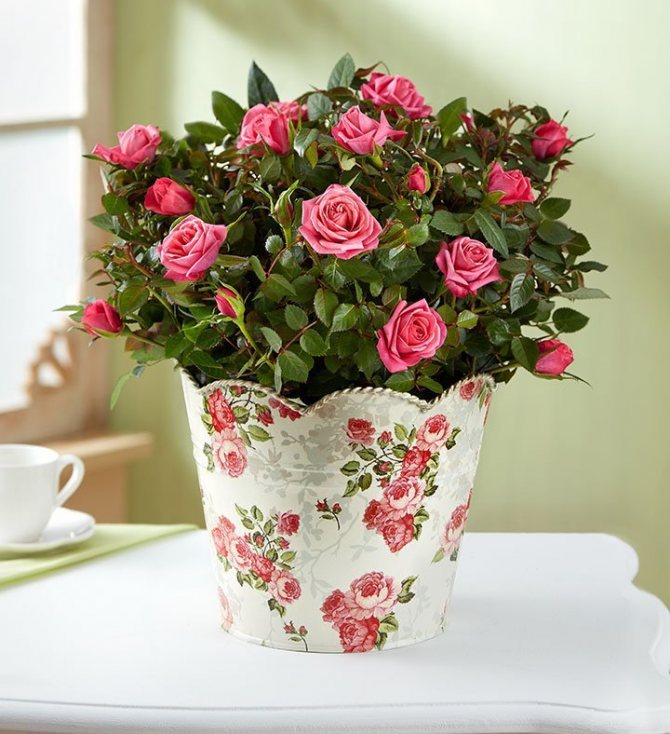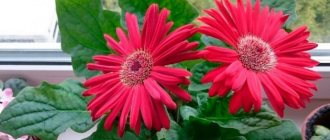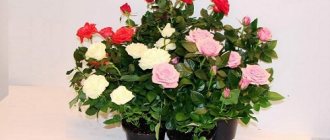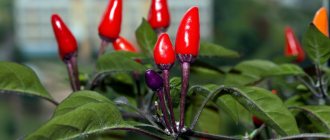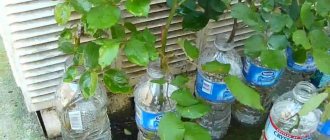Miniature roses got their name from the Chinese variety of roses "minima". From there they were brought to Europe, multiplied and named Rouletti roses. Rouletti roses gave rise to modern miniature roses. Breeders have bred many different forms and varieties of miniature roses. Among them there are many varieties that are adapted to life in pots. They are sold in stores like indoor roses.
Miniature roses (R. chinensis Minima = R. rouletti Correv.) Are compact bushes 15-40 cm tall with small leaves and small flowers 3-4 cm in diameter. Flowers are also very tiny 1-2 cm in diameter. Blooms profusely and continuously.
How to keep a room rose after purchase
Rose is not an easy flower for home keeping, it is quite demanding and capricious. It is not enough to become the happy owner of this beauty, it is also necessary to preserve the flower and find an approach to it, otherwise the sad consequences will not be long in coming.
Yes exactly. The purchased plant usually looks fresh and full of energy, blooms amazingly and it seems that it will always be so.
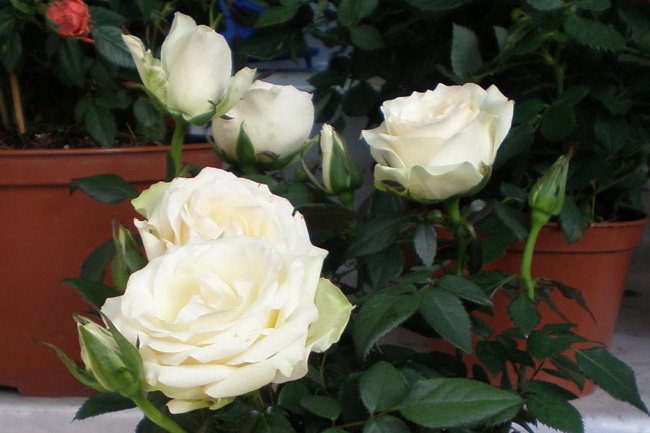
In fact, the plants end up on the counter fed with all kinds of stimulants, in addition to this, they have a special package that retains high humidity. Getting on our windowsill, roses are deprived of all this.
Almost immediately, inexperienced gardeners have problems: the roses begin to turn yellow, their leaves dry and fly around, the buds fall off and turn black. The rosette orders to live long and disappears, leaving behind nothing but frustration.
It should be noted that the rose is considered an open field plant. Some varieties are more adapted for housing than others. But this does not mean that keeping them in an apartment is an easy matter.
When purchasing a room rose, after purchase, you just need to take a set of rescue measures, even if the plant looks healthy and strong. Believe me, it won't be long!
So what are the steps to take when you brought the rose home:
- Remove the packing wrap, if present. Although the packaging helps to preserve moisture, but because of it, the rose is often affected by fungal diseases even in the store, because packaging interferes with air exchange, creating an ideal environment for fungi.
- Use pruning shears or scissors to remove any withered leaves, blackened or dried stems on the plant.
- Flowers and buds also need to be cut. Of course, for the sake of them we acquire a plant and would like to admire them enough, but the plant, the flowering of which was stimulated by special preparations and greenhouse care, subsequently simply cannot withstand such abundant flowering, and having given all its strength to it, dies. Therefore, we cut off all flowers and buds that are present on the plant, along with the bearing stem.
- Pay attention to the number of bushes in the pot. Indoor rose growers often plant multiple plants in one pot to create the appearance of a lush flowering bush. Crowded plants weaken each other, nutrients are lacking. Bushes, if there are several of them, must be planted in different pots.
- After the transplant, it is necessary to treat the rose with antifungal drugs (Fitosporin) and pest drugs (Fitoverm).
We create optimal conditions
However, at the same time, the soil in the pot should not be heated, and the bush itself should not suffer from direct sunlight. A great place for a rose will be the western and eastern windowsill.... In summer, the rose will be more comfortable on the balcony.
Watering
One of the prerequisites is the constant maintenance of soil moisture. It should be noted right away that in many floriculture guides you can read that roses need to be watered abundantly. But one must bear in mind that abundantly does not mean often. A lump with roots must have time to dry out. It's time to water the rose only if the finger remains dry when pressing on the soil. If over-watered, the roots can rot and the rose will die.
The coma should be monitored especially carefully in the summer. A plant brought out to the balcony sometimes needs to be watered up to twice a day, but not at the hottest time.
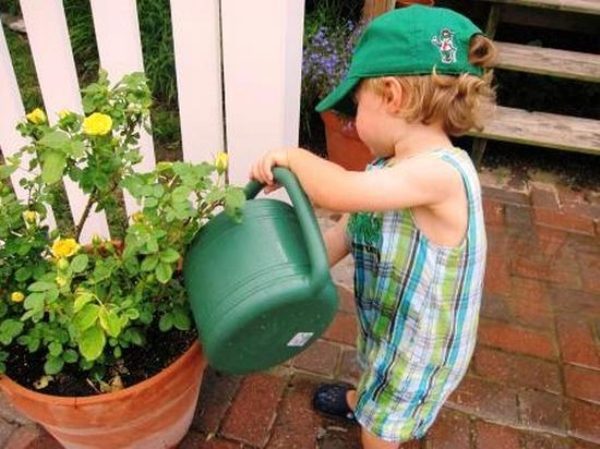

The rose on the balcony is watered twice a day
Roses planted in small pots need to be watered more often, as the soil dries out faster. In the second half of August, watering should be reduced. The plant is watered with 20-degree water. Half an hour after the "watering" of the sump bush, excess water is removed.
Top dressing
Indoor roses bloom almost all the time, which takes a lot of their energy. therefore from March to October, once every eight to nine days, the bushes must be fed with complex or universal fertilizers... Organic fertilizers are also suitable. In spring, roses are responsive to foliar dressing. It is enough to carry out three to four sprays at 10-day intervals.


Indoor roses absolutely need a large amount of different fertilizers.
Many growers advise purchasing Bona Forte for roses. The drug is excellent for both foliar dressing and root application.
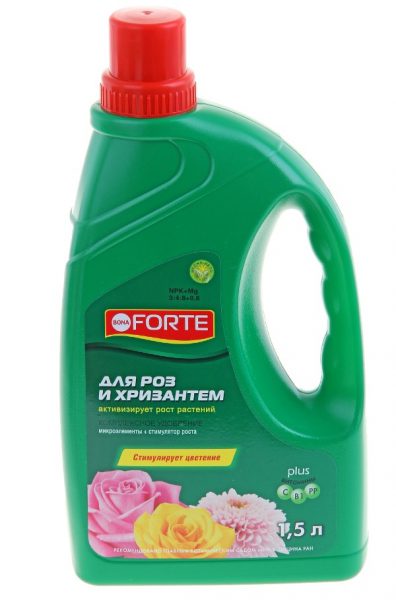

Fertilizer of open ground Bona Forte for Roses
At the end of summer, fertilizers should be nitrogen-free.
More benefit from evening and post-water fertilization. At low temperatures and dampness, it is better to refuse feeding - to postpone it. If you have just transplanted roses, then carry out the first feeding only after a month, then every two weeks until new shoots appear.


Proper care is the key to abundant flowering
Sure, sometimes it can be difficult to find a common language with roses: they suffer from changing conditions, they may spontaneously get sick or will not forgive you too dry soil, lack of fertilizing, etc. But if they are provided with proper care, in gratitude they will delight you with abundant flowering for almost seven months!
Transplanting a room rose
To transplant a rose, remove it from the previous pot along with an earthen lump. Assess the condition of the roots surrounding the earth.
If the roots are thin, like hair, brown or blackened, dry or rotten, then the plant is likely to die. You can try to save him: cut the cuttings and try to root them.
Healthy roots are bright white or yellowish in color and look quite dense, like a thin wire. If the roots have disappeared only partially, you need to remove all rotten and damaged ones, leaving healthy ones.
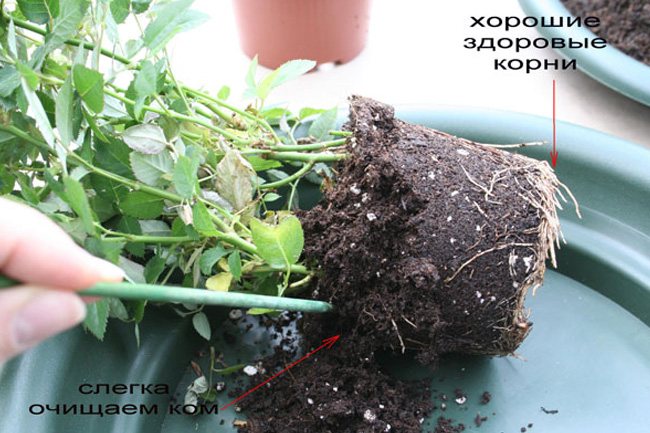

Pour expanded clay or other drainage at the bottom of the new pot.
It is better to purchase a soil mixture ready for roses or garden. Do not take cheap soil, it contains a lot of peat and few useful substances. Better to choose a better quality potting mix.
You can make a soil mixture yourself, taking: 1 part of humus + 1 part of leafy land + 1 part of coniferous land + 3 parts of sod land + 1 part of sand.
Cover the drainage with earth, compact a little. Place the rose bush with an earthen lump, cover with new earth, periodically compacting it so that the bush does not hang out in the pot, but is well fixed. Pour with settled or filtered water at room temperature.
Treatment for diseases and pests is necessary. A pruned and transplanted plant is weakened and susceptible to disease, even if it has been well cared for in the store and has not been contaminated. Therefore, it is better to play it safe and process it.
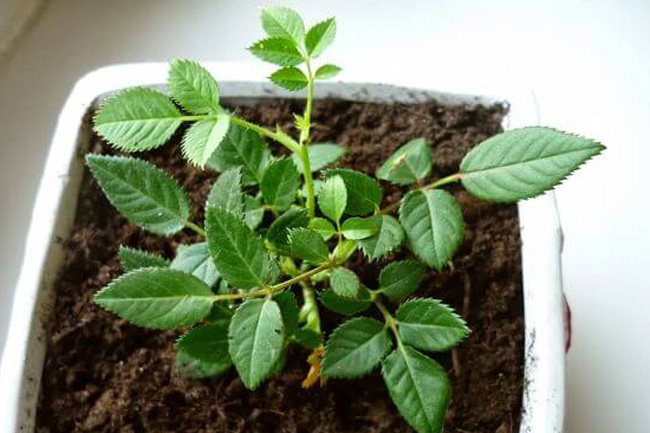

Also, after transplanting, treatment with Epin is effective - it will strengthen the plant's immunity and reduce the stress from transplanting.
Spray your plant, it needs high humidity, especially in conditions of working heating and dry air in the apartment. If the rose is very small and weak, then the pot can be covered with a bottle on top (with small holes), creating a greenhouse, and only then gradually accustom the rose to the room air.
Then we place the pot with the transplanted plant in a well-lit place. If you have a shady side and there is not enough light in winter, supplement the rose with fluorescent lamps.
Room rose care


Lighting
Rose is a light-loving plant. For her well-being, she needs a lot of light. South windows are very suitable for growing. On the rest of the world, backlighting will be required in winter.
Temperature
The optimum temperature for growing indoor roses is 18-25 degrees. Since the rose is an open field plant, she loves fresh air very much and she needs it for full growth. In the summertime, the rose can be taken out into the garden or onto the balcony. The rest of the time, you need to organize ventilation, while avoiding drafts, which are harmful to roses.
Watering
A home rose is watered with settled water at room temperature. Cold water is bad for them. The rose will be grateful for regular spraying both in the summer heat and in the winter heating season. If the rosette is near the battery, then it is better to put it in a pallet with wet expanded clay.
Fertilizers
The rosette is fed with complex fertilizers for roses from spring to winter once every 2-3 weeks, in the fall, gradually reducing the frequency of fertilizing.
Reproduction
Indoor rose is propagated by cuttings. For this, cuttings up to 15 cm long, with several buds, are suitable. They are rooted in the ground, covered with a bottle or bag on top. To do this, you can take small cups for seedlings.
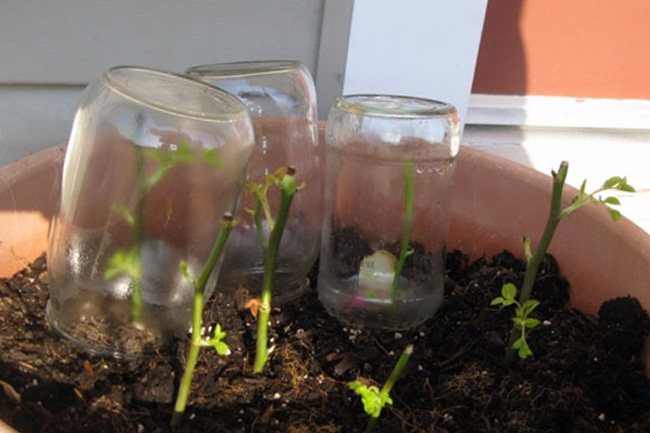

The roots appear in about 2 weeks. The greenhouse can be gradually removed after the appearance of new leaves. Transplanting rooted cuttings is possible only when the root system develops well.
Pruning
Roses periodically need pruning to form a bush. It is best produced in the spring. Branches that have lengthened over the winter, faded flowers, weak and dry branches are removed.
Residence of a miniature rose: on a windowsill or in a garden
To decide how to care for a room rose, you should choose one of three scenarios.
- First: after admiring, sending the purchased flower to the garden for permanent residence is the simplest course of events. Cultural biology is no different from the requests of conventional garden varieties. Winter hardiness of miniatures is usually zone 5-6, so in the fall they go under the shelter of lutrasil along with the rest of the rose garden and tolerate frosts and thaws well.
- The second option: in the spring to plant a rose in open ground and take care of it according to the usual "protocol": spring fertilizing with nitrogen, summer - with potassium and phosphorus, watering, mulching. And in the fall - dig up the plant and plant it in a pot for wintering at home. At a temperature of about 10 ° C, the plant enters forced dormancy with the preservation of leaves. At a temperature of 5-8 ° C - dormancy without leaves.
- The third option: a home rose in a pot lives indoors, on the lightest windowsill. In the summer, it is advisable to take the plant out to the balcony. The main secret is to organize conditions like outdoors. We will talk about this option in more detail.
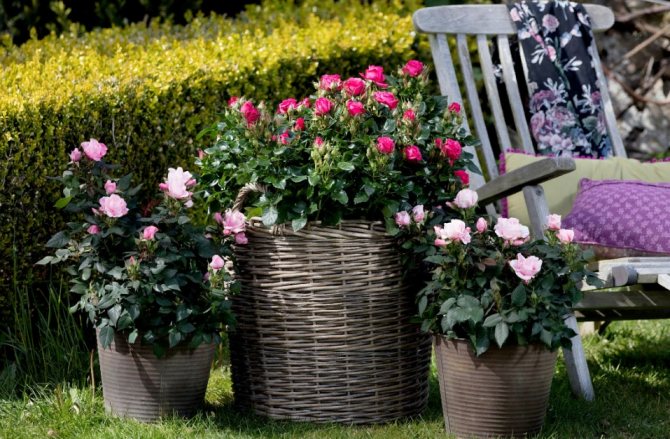

Often, miniature roses in pots are taken out to the balcony or garden for the summer.
Look at the photo of indoor roses
148


